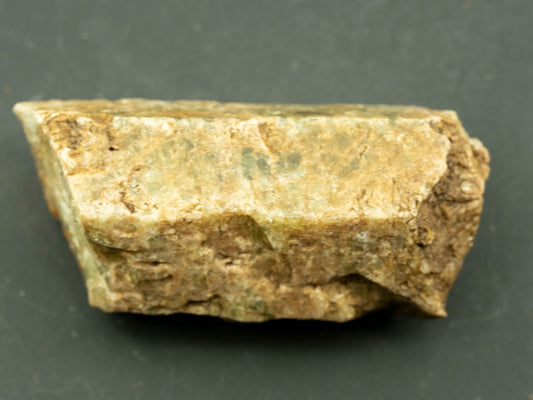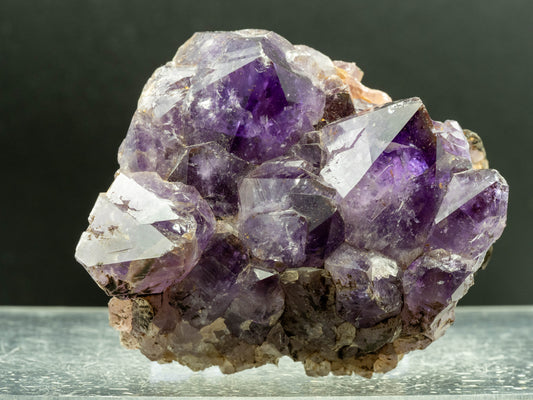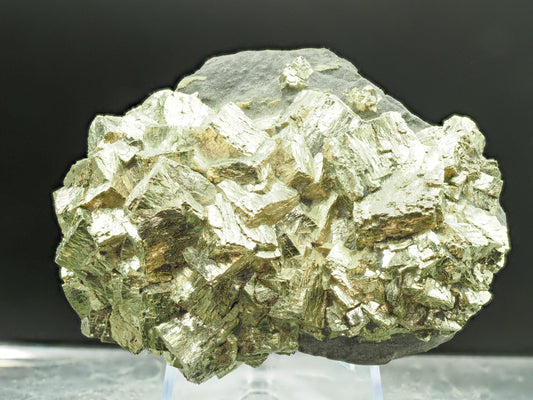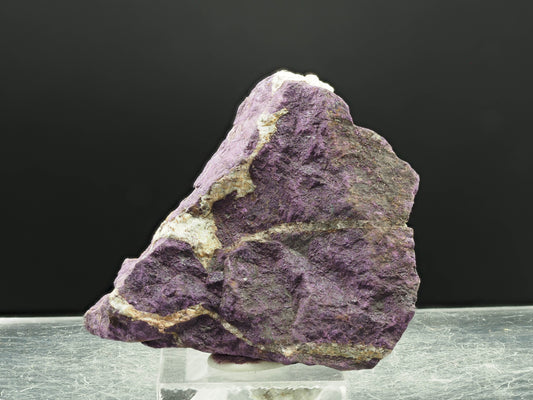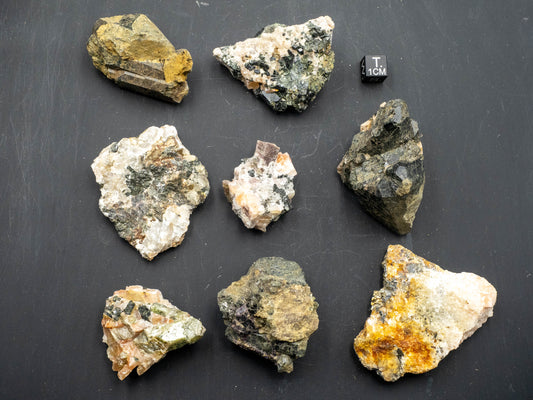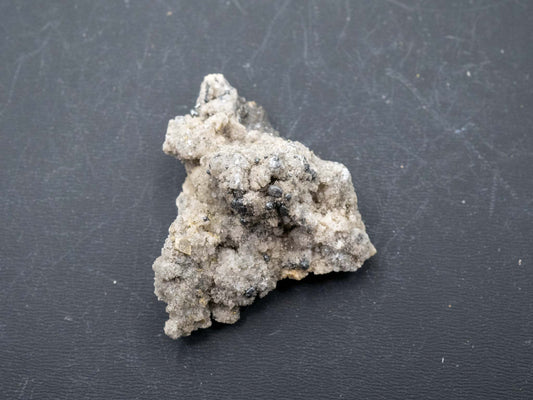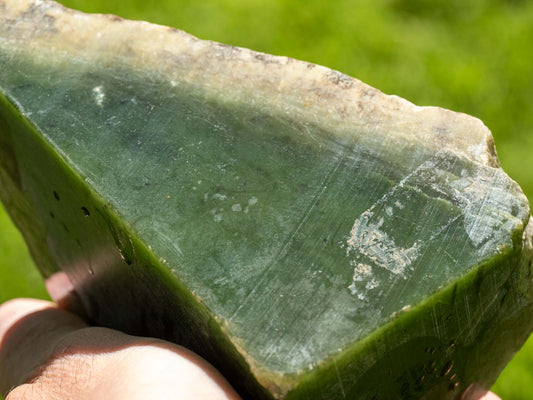Collection: Mineral Specimens
Minerals are naturally occurring inorganic substances with a specific chemical composition and an ordered atomic structure. They form through geological processes and are the building blocks of rocks, giving shape to the Earth’s crust. Over 5,000 mineral species have been identified, ranging from common types like quartz and feldspar to rare and exotic varieties such as alexandrite and benitoite. Each mineral has distinct physical and chemical properties, including color, hardness, luster, and crystal structure, which make them fascinating to study and collect. Minerals are essential not only for their scientific and aesthetic value but also for their practical applications in industry, technology, and construction.
The allure of minerals extends beyond their utility, captivating collectors, jewelers, and hobbyists with their natural beauty and diversity. Some are treasured for their dazzling colors and crystal formations, while others are prized for their rarity and historical significance. Educational institutions and museums use mineral collections to teach about geology, chemistry, and Earth’s history, fostering curiosity and appreciation for the natural world. Whether admired for their aesthetic appeal, explored for their scientific importance, or valued for their industrial uses, minerals play a crucial role in our understanding and utilization of the Earth’s resources.



